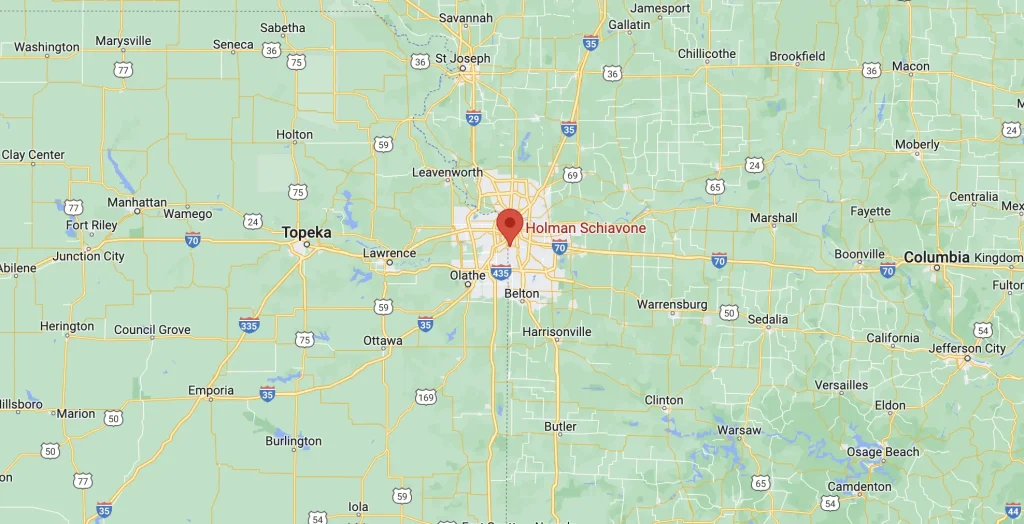Mines have enjoyed decades of dramatically improved safety and 2016 was no exception. Mines were once one of the most dangerous places to work. Explosions, cave-ins, and fatalities were common. But in the 1970s, with the Mine Safety Act, the United States has taken a dramatic turn and significantly improved the health and safety of mine workers. In fact, the U.S. as enjoyed year over year increases in safety and a clear long-term drop in fatalities.
Mines, despite the constant presence of volatile hydrocarbons, lethal gasses, and the unforgiving environment, are among the safest places to work. In 2016, only 26 miners died while on the job, out of 330,000 miners operating from 13,000 mines. That represents a less than 1/10 of a percent of fatalities out of the entire workforce.
Nine of 26 fatalities occurred in coal mines, another historic low which beat the previous record-holder 2015, at 12 deaths. The leading cause of death in coal mines was by powered haulage and machinery. The remaining 17 fatalities occurred in metal and non-metal mines. The leading cause of death in non-coal mines were also machinery accidents, accounting for a total of eight fatalities.
If you were injured in an accident at work, you are entitled to a workers’ compensation claim. Workers’ compensation provides stop-gap payments to cover your medical bills and, if necessary, your home expenses while you recover from your injury. It is designed to move quickly to ensure that your family can meet their financial obligations but the reality is more complicated. A lawyer can help you navigate the rules to ensure that your right to compensation is not jeopardized by an overzealous claims adjuster.
Source: Department of Labor, “ REVISED WITH UPDATED DATA: US MINING DEATHS DROP TO ANOTHER NEW LOW IN 2016,” News Release, January 10, 2017


